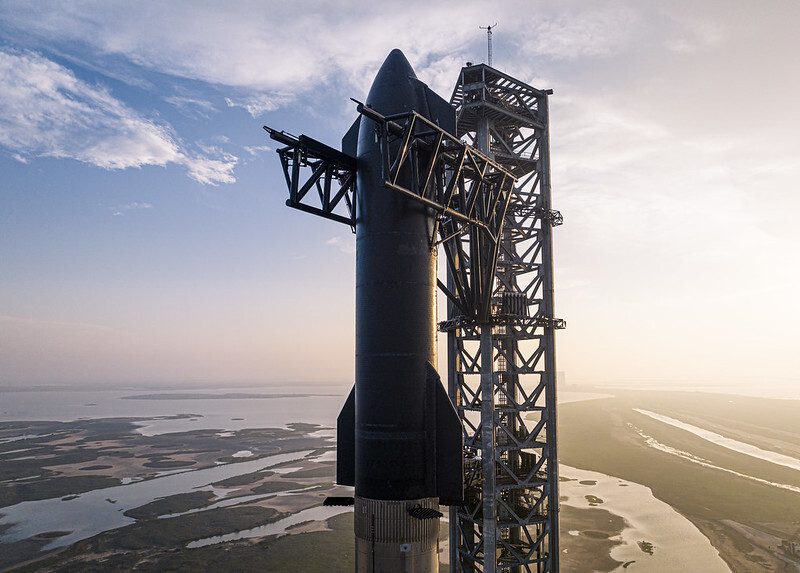SpaceX made progress in the second test flight of its Starship rocket, but the program’s success is still far from certain.
What happened: The 400-foot tall rocket rose more than 100 kilometres, leaving Earth’s atmosphere and entering space before its booster exploded.
- This test was more successful than SpaceX’s first attempt in April, which failed shortly after takeoff. This time, the rocket made it to space, and the booster component separated from the Starship.
- The Starship, which SpaceX eventually hopes can fly people and goods to space, continued to fly for several more minutes before it too was lost.
Why it matters: There’s still plenty of work to do before SpaceX can launch Starship and safely return the booster to Earth for reuse.
- By reusing both the booster and spaceship components of the rocket, SpaceX claims it will be able to launch a Starship for as little as US$10 million, a fraction of today’s cost.
- SpaceX hopes the Starship system — which can carry up to 150 metric tonnes of cargo aboard each rocket — will be the go-to way to ship goods and people to space.
Zoom out: The big test for SpaceX will be NASA’s Artemis mission to send people back to the moon aboard Starship by 2025, a trip that will require a much higher safety standard than the current unmanned tests.
